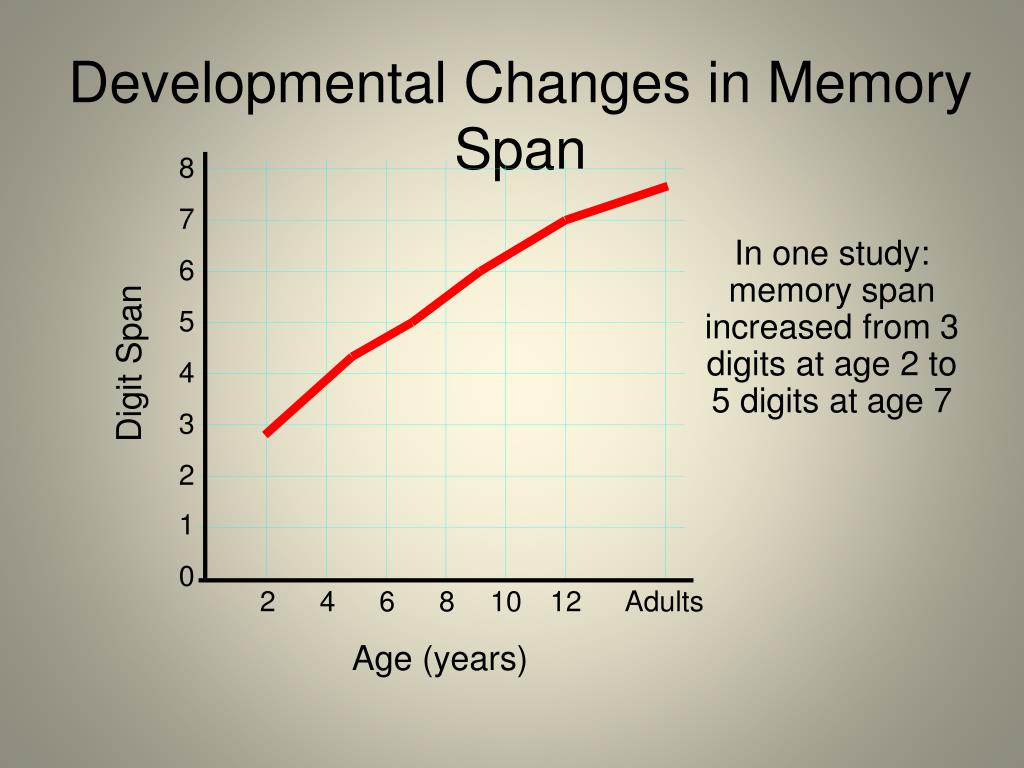
Methodological evaluation was performed based on the Risk of Bias Cochrane tool. Randomized Controlled Studies published before March 2020 were included. The present study reviewed published evidence on the effectiveness of non-invasive brain stimulation (NIBS) on the cognitive performance of patients with Traumatic brain injury (TBI).Ī systematic search of the PubMed and Google Scholar databases was carried out. There's new optimism in finding a drug therapy for preventing PTE in people at risk, such as after traumatic brain injury, concussion, and serious brain injuries, especially in military persons. This study reviews the current state of modeling, pathology, biomarkers, and potential interventions for PTE and comorbidities. With few models and limited understanding of the underlying progression of epileptogenesis, progress is extremely slow to find a preventative treatment for PTE. SIGNIFICANCE STATEMENT: Post-traumatic epilepsy is a chronic seizure condition after brain injury. Our understanding of PTE is continuously evolving, and improved preclinical models allow for accelerated testing of critically needed novel therapeutic interventions in military and civilian persons at high risk for PTE and its devastating comorbidities. Improving TBI recovery and preventing seizure onset are complex and challenging tasks however, much progress has been made within this decade demonstrating disease modifying, anti-inflammatory, and neuroprotective strategies, suggesting this goal is pragmatic. Differences in injury patterns, latency period, and biomarkers are outlined in the context of animal model validation, pathophysiology, seizure frequency, and behavior. Therefore, we also describe current preclinical and clinical data on the treatment of PTE sequelae. The goal of epilepsy research is to identify new therapeutic strategies that can prevent PTE development or interrupt the epileptogenic process and relieve associated neuropsychiatric comorbidities.

In this article, we describe a critical appraisal of the current state of PTE research with an emphasis on experimental models, molecular mechanisms of post-traumatic epileptogenesis, potential biomarkers, and the burden of PTE-associated comorbidities. Understanding the neural networks and molecular pathologies involved in epileptogenesis are key to preventing its development or modifying disease progression. Post-traumatic epileptogenesis is an enduring process by which a normal brain exhibits hypersynchronous excitability after a head injury incident.

There is currently no approved treatment that can prevent onset of spontaneous seizures associated with brain injury, and many cases of PTE are refractory to antiseizure medications. Post-traumatic epilepsy (PTE) is one of the most devastating long-term, network consequences of traumatic brain injury (TBI).


 0 kommentar(er)
0 kommentar(er)
